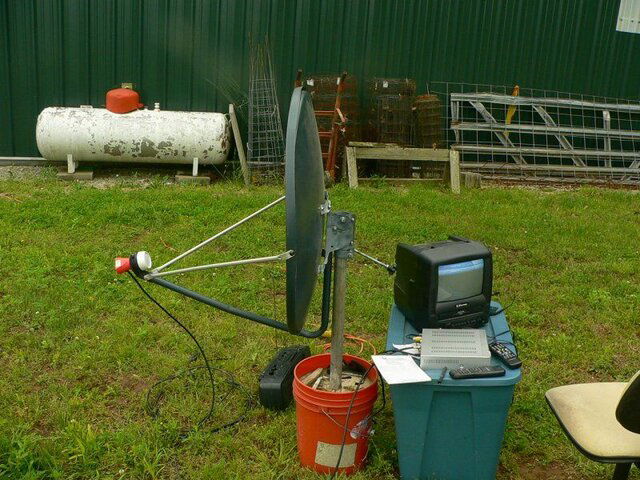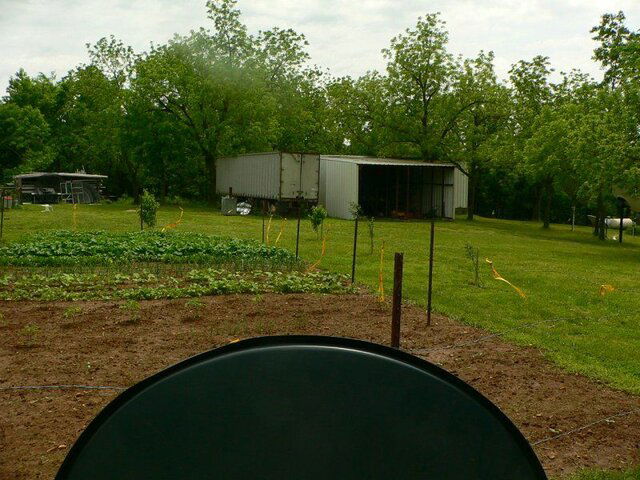I knew from everything I read on here that fta is much harder to get than direct or dish. I just laid the lnb on the dish and it got a signal. This is probably why the signal kept disappearing. I must have just got lucky the first time as now that I have the lnb secured to the dish I get nothing.Typically, the most difficult channels to receive reliably are:
- PBS (HD feeds, World Channel, FNX) on 125W
- NBC Feeds and Cozi on 103 W (NHK and RT are MUCH easier)
- LPB (PBS Louisiana) on 87W
I'm actually quite impressed that you were able to get NBC on 103 with a Slimline. For a first try, that's really great!
I think you should be able to get 125 and 103 with that Digiwave dish. Like others have said, the Maverick LNBF is very good. I have one that's a few years old and still working perfectly. LPB on 87 should be ok too, but might be a bit borderline.
If you have a clear view on the South East, an interesting challenge from your location is Hispasat at 30W. It has a good variety of channels, mostly in Spanish and in Arabic.
Have fun!
I was thinking about trying for 30w because I have less trees that way than at 97w. I have an app on my phone for azimuth but it seems to jump all over the place. What is the best way to get somewhat close to 30w to start with so I don't have to spend as much time searching for the signal? Could I get a false positive from an adjacent satellite?



